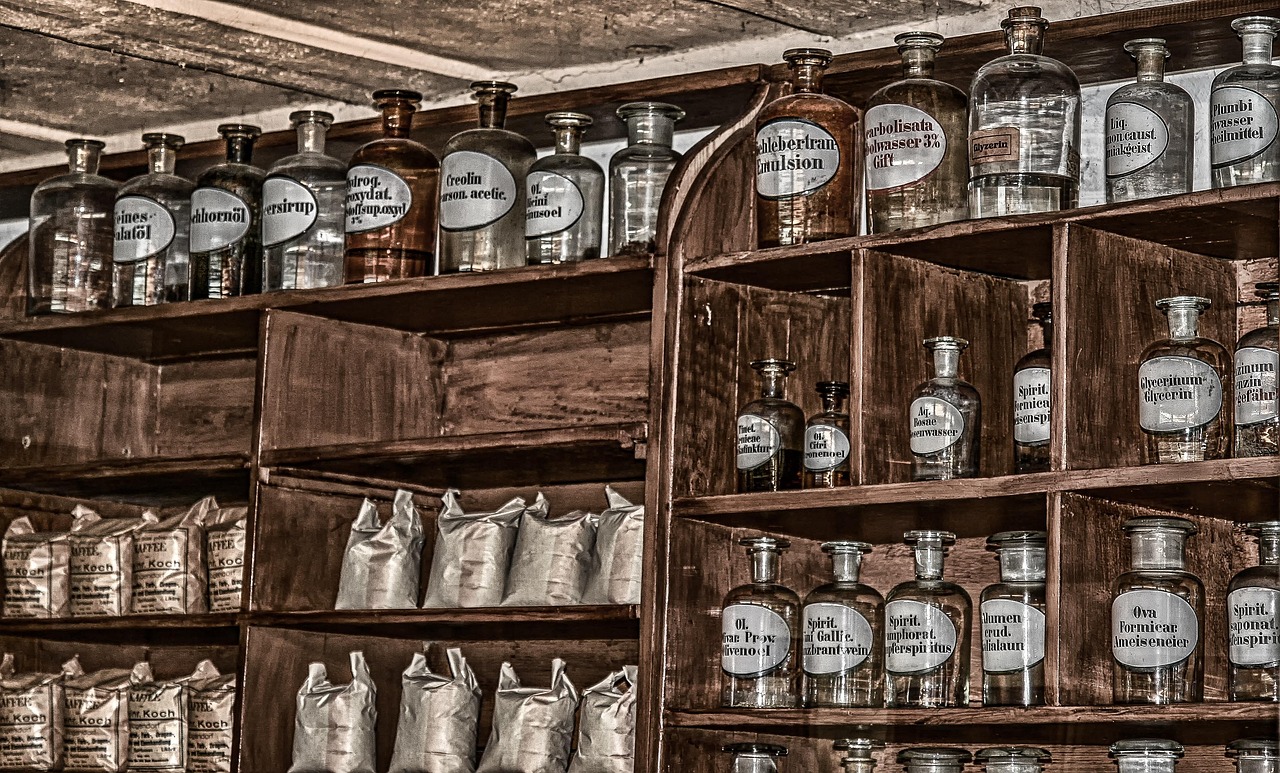If you open any general English dictionary and go to “label”, the primary meaning will be described as a piece of paper or other material identifying an item. Here is an example from dictionary.com:

Note that the first example above even references a drug product. So, it’s not unexpected that translators handle the words “label” and “labeling” by default according to the above definitions in relation to drug products and medical devices. Many do not know that these terms have an expanded meaning in this context.
Note: Labeling is US English and labelling is British English.
Expanded interpretation of label / labeling / labelling
The 21 Code of Federal Regulations (US) dives the following definitions:
(a) Labeling includes all written, printed, or graphic matter accompanying an article at any time while such article is in interstate commerce or held for sale after shipment or delivery in interstate commerce.
(b) Label means any display of written, printed, or graphic matter on the immediate container of any article, or any such matter affixed to any consumer commodity or affixed to or appearing upon a package containing any consumer commodity.
These terms in 21 CFR apply to both drugs and medical devices.
If you google “drug label” (with quotation marks), you will immediately see that this expression refers to information about a drug product in general, not simply a piece of paper on the bottle or information on the cardboard pack. To illustrate:
In DrugBank, a drug label refers to a scientific document describing a drug product that provides information about the properties, indications, and conditions of use of the drug and contains other information that may be required for safe and effective use.
The drug label may be a U.S. Food and Drug Administration (FDA) label, Health Canada product monograph, European Medicines Agency (EMA) label, a European Public Assessment Report (EPAR), an Australian Public Assessment Report (AUSPAR), or a Medsafe New Zealand Medicines (MedSafe NZ) report. (source)
The labeling is a ‘living document’ that changes over time to reflect increased knowledge about the safety and effectiveness of the drug. (source)
Learning how to properly read a drug label for ingredients, warnings, interactions and side effects can reduce medication errors and ensure safe drug use. (source)
Examples from real medical texts
Here are a few quotes from real text, where the context does not clarify that these terms refer to the prescribing information or instructions for use (IFU):
This test ensures prescription of the listed therapeutics in accordance with the approved therapeutic product labeling.
This study allows only labeled use of the therapeutic product.
In the last example, the term “labeled use” means using the product according to the approved therapeutic indications (= listed in the product label).
Failure to abide by the warnings in this labeling might result in damage to the device coating. (source)
The last meaning is the amount of active substance (indicated on the physical label or in the instructions for use / prescribing information). To illustrate:
Assays play an important role in this process by determining the concentration of a drug compared to its labeled amount. (source)
USP typically overfills RS containers to ensure that users can retrieve the labeled amount from the container. (source)
By the way, USP in the last example refers to the organization that publishes the US Pharmacopeia, not the pharmacopeia itself.
❓Have you encountered any difficulties with label / labeling / labeled in your translations? Рlease share in the comments.
Image by Tom from Pixabay





